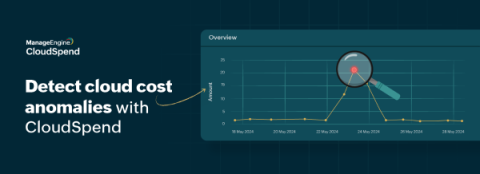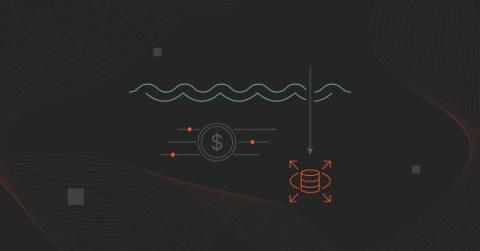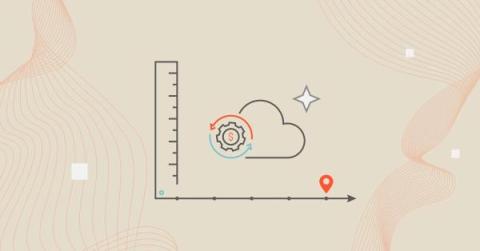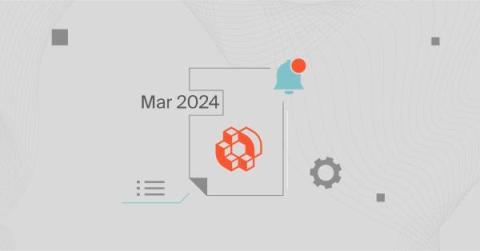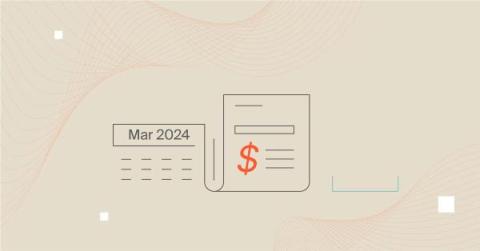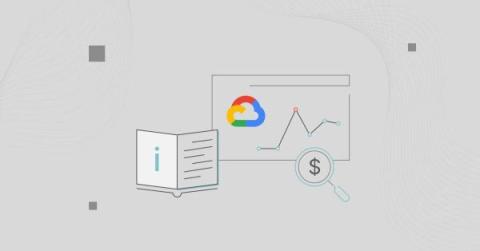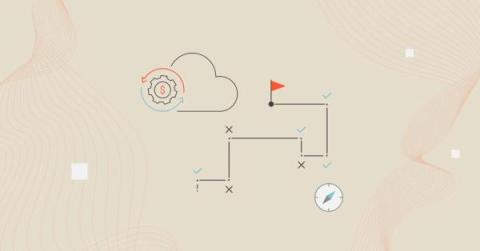What Is Container Orchestration? A Newbie-Friendly Guide
A recent Kubernetes Adoption Report showed that 68% of surveyed IT professionals adopted containers more during the pandemic. Among their goals were accelerating deployment cycles, increasing automation, reducing IT costs, and developing and testing artificial intelligence (AI) applications. But, what role does container technology play in this? This guide shares what containers are, how container orchestration works, and more.



